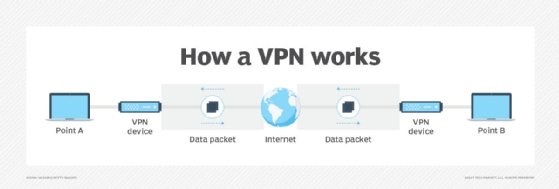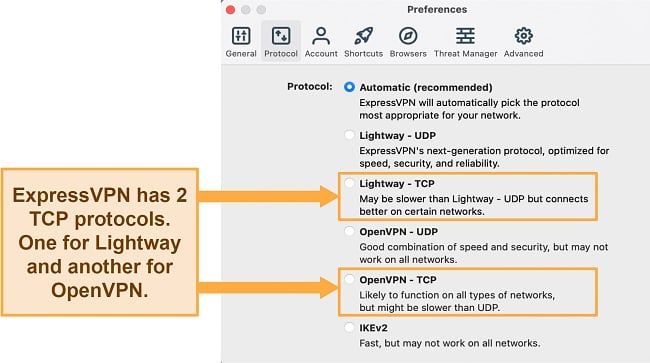Featured
Table of Contents
Troubleshooting - Cloud Vpn

The Routing and Remote Gain access to snap-in lives within the Microsoft Management Console, called the MMC. There are several ways to access the MMC. You can select the console from the Start menu's Programs alternatives, within the Administrative Tools folder within Windows server's Control board or by typing mmc at a command timely.
As Tech, Republic's Brandon Vigliarolo shows within his video at the start of this article, the Solutions console shows the status of the Routing and Remote Access entry. From within the Providers console and with the Routing and Remote Gain access to entry highlighted, you can click Start the Service or right-click the entry and choose Restart.
Sometimes the VPN customer and VPN server are set to utilizing different authentication approaches. Verify whether an authentication mistake is the problem by opening the server console. Yet another approach of accessing the MMC is to type Control+R to open a command timely in which you can type mmc and struck Get in or click OK.
If the entry isn't present, click File, choose Add/Remove Snap-in, select the Routing and Remote Gain access to alternative from the choices and click Add, then OK. With the Routing and Remote Gain access to snap-in added, right-click on the VPN server and click Properties. Evaluate the Security tab to verify the authentication approach.
Vpn Troubleshooting Guide - Freethought
Make sure the VPN client is set to the authentication technique defined within the Security tab. Generally the items simply reviewed are responsible for most VPN connection rejection errors. But other basics should be proper, too. For instance, if the Windows Server hosting the VPN hasn't signed up with the Windows domain, the server will be unable to verify logins.
IP addresses are another fundamental aspect for which administration must be correctly set. Each Web-based VPN connection usually uses two various IP addresses for the VPN customer computer. The first IP address is the one that was assigned by the client's ISP. This is the IP address that's used to develop the preliminary TCP/IP connection to the VPN server online.

This IP address generally possesses the same subnet as the regional network and therefore enables the client to communicate with the regional network. When you established the VPN server, you must configure a DHCP server to designate addresses to clients, or you can develop a bank of IP addresses to appoint to customers straight from the VPN server.


If this option is picked and the effective remote access policy is set to allow remote gain access to, the user will have the ability to connect to the VPN. Although I have been unable to re-create the scenario personally, I have actually heard reports that a bug exists in older Windows servers that can trigger the connection to be accepted even if the efficient remote gain access to policy is set to reject a user's connection.
Vpn Connectivity And Troubleshooting Guide

Another common VPN problem is that a connection is effectively developed however the remote user is unable to access the network beyond the VPN server. By far, the most typical reason for this problem is that approval hasn't been granted for the user to access the whole network. To enable a user to access the entire network, go to the Routing and Remote Access console and right-click on the VPN server that's having the problem.
At the top of the IP tab is an Enable IP Routing check box. If this check box is enabled, VPN users will have the ability to access the rest of the network, presuming network firewall programs and security-as-a-service settings permit. If the checkbox is not picked, these users will be able to access just the VPN server, however absolutely nothing beyond.
If a user is dialing straight into the VPN server, it's normally best to set up a static route between the client and the server. You can set up a fixed path by going to the Dial In tab of the user's homes sheet in Active Directory Users and Computers and choosing the Apply A Fixed Route check box.
Click the Add Route button and after that enter the location IP address and network mask in the space offered. The metric must be left at 1. If you're using a DHCP server to assign IP addresses to customers, there are a couple of other problems that could trigger users not to be able to surpass the VPN server.
Norton Secure Vpn Stays At "Connecting" And Returned To ...
If the DHCP server assigns the user an IP address that is currently in use in other places on the network, Windows will identify the conflict and prevent the user from accessing the rest of the network. Another common problem is the user not receiving an address at all. The majority of the time, if the DHCP server can't designate the user an IP address, the connection won't make it this far.
If the customer is appointed an address in a variety that's not present within the system's routing tables, the user will be unable to browse the network beyond the VPN server. Ensure the resources the user is attempting to access are actually on the network to which the user is connecting.
A VPN connection to the other subnet might, in truth, be required. A firewall program or security as a service solution might also be to blame, so do not forget to review those solutions' settings, if such components are present in between the VPN server and the resources the user seeks to reach.
The first possibility is that one or more of the routers included is performing IP package filtering. I advise inspecting the customer, the server and any machines in between for IP packet filters.
Latest Posts
The Best Vpns For Small Business In 2023
What Is A Business Vpn? Understand Its Uses And ...
Best Virtual Private Networks Reviews 2023